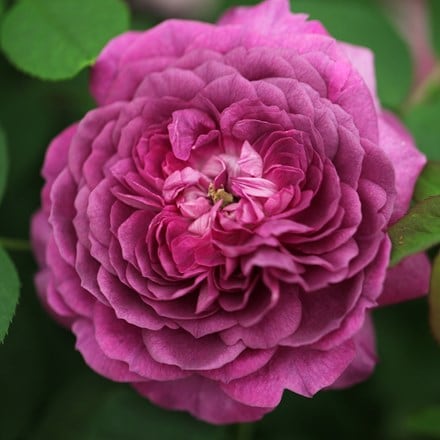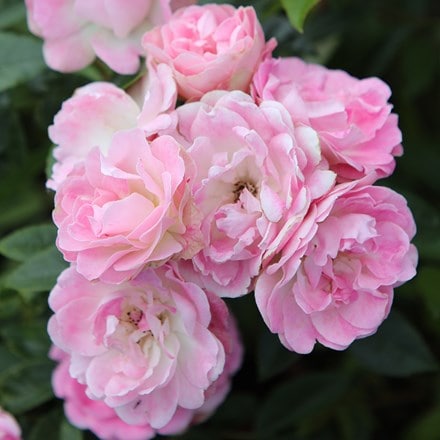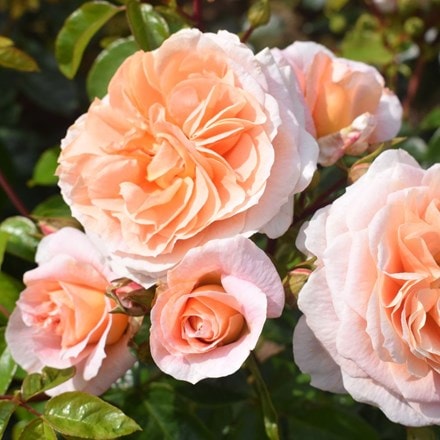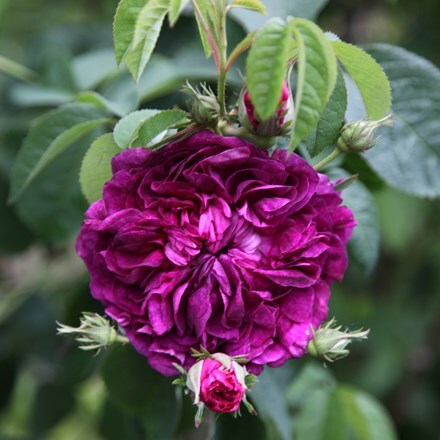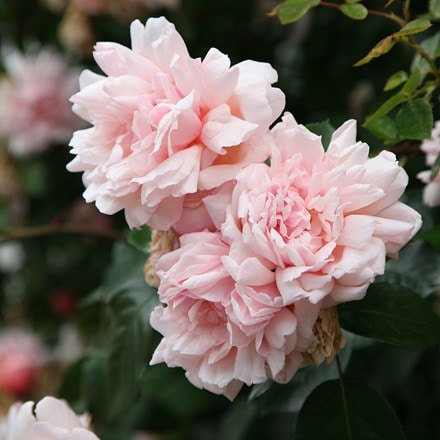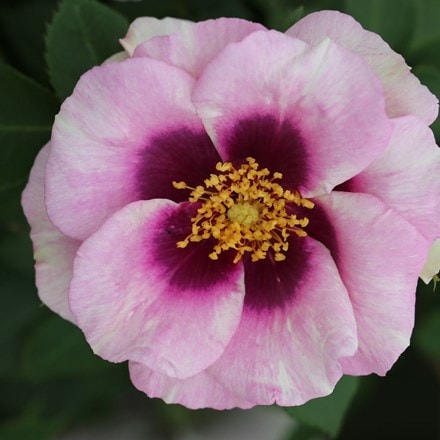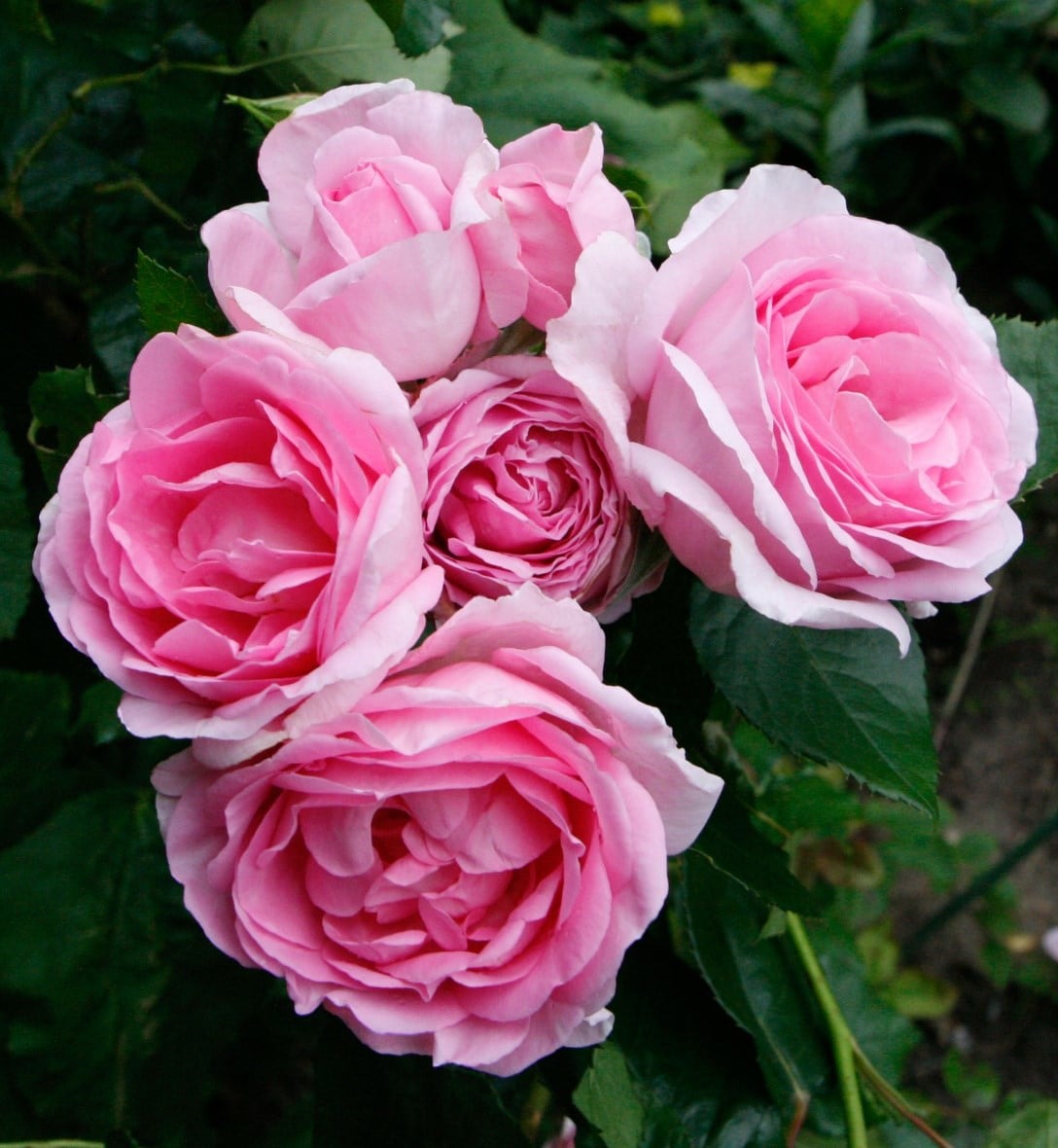A guide on when to prune roses
For most varieties, late winter, typically from late November to February, is the ideal time to prune roses. However, if it has been a particularly harsh and long winter, you can wait until early March or until the first signs of spring. Pruning during winter, when the plant lacks foliage, makes it far easier to shape and spot any signs of disease.
Climbing roses are best pruned in late autumn or early winter once their blooms have fully faded. Prune once-flowering rambling roses in late summer after their flush has faded. However, prune repat-flowering ramblers at the same time as climbing roses.
As for shrub roses, prune those that flower once a season in late summer after flowering. While those that bloom continuously throughout the seasons are best pruned in late winter.


How to prune roses
Prune your roses for vigorous growth and to ensure they flower well each year. If left, climbing roses can become a tangled mess of branches with few flowers. Follow these routine steps to help your climbing rose plant flourish:
1. Firstly, remove any dead, diseased or dying branches to prevent diseases from spreading
2. Tie in new shoots and then fill supports and tidy up climbing rose bushes
3. Prune back to just above a bud that appears to be growing outward.
4. Prune any side-shoots by about ? of their original length
5. After completing the above steps, tie in your healthy and neat branches.
When is it too late to prune roses?
Pruning climbing roses too early instead of too late should be your focus. Aim to prune roses during the late winter and certainly before the spring.
As mentioned, adverse weather conditions could play a factor in this. Location is another factor. If you live in the south, mid-February should be the latest, with early spring being the latest if you live further north.
Avoid missing this window of opportunity, as it will be more difficult to prune back roses if you do so. Your task becomes harder, and you may miss any signs of disease if pruned too late.
When should you deadhead roses?
Deadheading or removing faded flowers encourages additional bloom on hybrid tea and other repeat-flowering roses. Many climbing roses will need deadheading.
Consistent deadheading ensures your roses maintain beauty while promoting strong, healthy growth. Additionally, inspect your roses after heavy wind or rain and remove damaged blooms. This will encourage the development of new blooms, ensuring a continuous display of floral beauty.
Why should you prune roses?
Pruning is crucial for the optimal growth and beauty of your roses. Our beautiful roses, known for their natural vigour, can grow excessively and lose shape without regular pruning.
By trimming during the non-flowering season, you maintain a well-formed, attractive shrub with a strong structure. This practice stimulates new growth and ensures abundant blooms in the upcoming seasons. Furthermore, enhancing the overall health and appearance of your roses.


Seasonal jobs to keep your roses growing
Spring
Feed all pruned roses with fertiliser or add mulch to the soil. This will provide your roses with all the nutrients to flourish during the summer months.
Summer
Cut back dead flowers during the summer months. Deadheading during the flowering season will encourage more blooms. It will also maintain the appearance of your Climbing or rambling roses or shrub roses.
Winter
Trim the rose stems to prevent snapping during windy and harsh winter weather. Be careful when pruning as removing too much will halt its growth during the spring and summer months.
Types of roses
When it comes to pruning, you need to know which type of rose you have. Here is our quick guide to the top six types of roses.
Climbing Roses
Climbing roses are more structured and produce larger blooms than rambling roses. They're also more likely to be repeat-flowering. So, for a structure covered in flowers for the summer and into autumn, they are a great option. However, they are less vigorous and require more care than a rambling rose.
Rambling Roses
Rambling roses are more vigorous climbers that can often grow in hard-to-grow areas like north-facing walls. They usually provide a single flush of smaller fragrant flowers in the summer. They flower on last year's growth, so try to prune them straight after flowering. They're tough, reliable, and often easy to train.
Hybrid Tea Roses
These are the most popular cut flower types, with large blooms at the top of long stems. Hybrid tea roses have large blooms that are repeat-flowering and perfect for beds and borders. However, they are slightly less hardy than other floribunda and shrub roses.
Floribunda Roses
Floribunda roses have large clusters of flowers on single strong stems. They usually flower from summer into autumn and are hardier than hybrid tea varieties. They do have scented varieties, but they are not as strong-smelling as hybrid teas.
Shrub Roses
Shrub roses are repeat-flowering with smaller flowers but in greater quantity. They are perfect for hedging in borders and are hardy and easy to care for.
Patio Roses
Patio roses are more compact varieties that are perfect in containers. They have bushy growth with clusters of small flowers that repeatedly bloom throughout the season.
Ground-Cover Roses
Ground-cover roses are usually lower-growing roses that cover large areas. They are repeat-flowering with lots of small flowers. They tend to be incredibly tough and require little attention.







